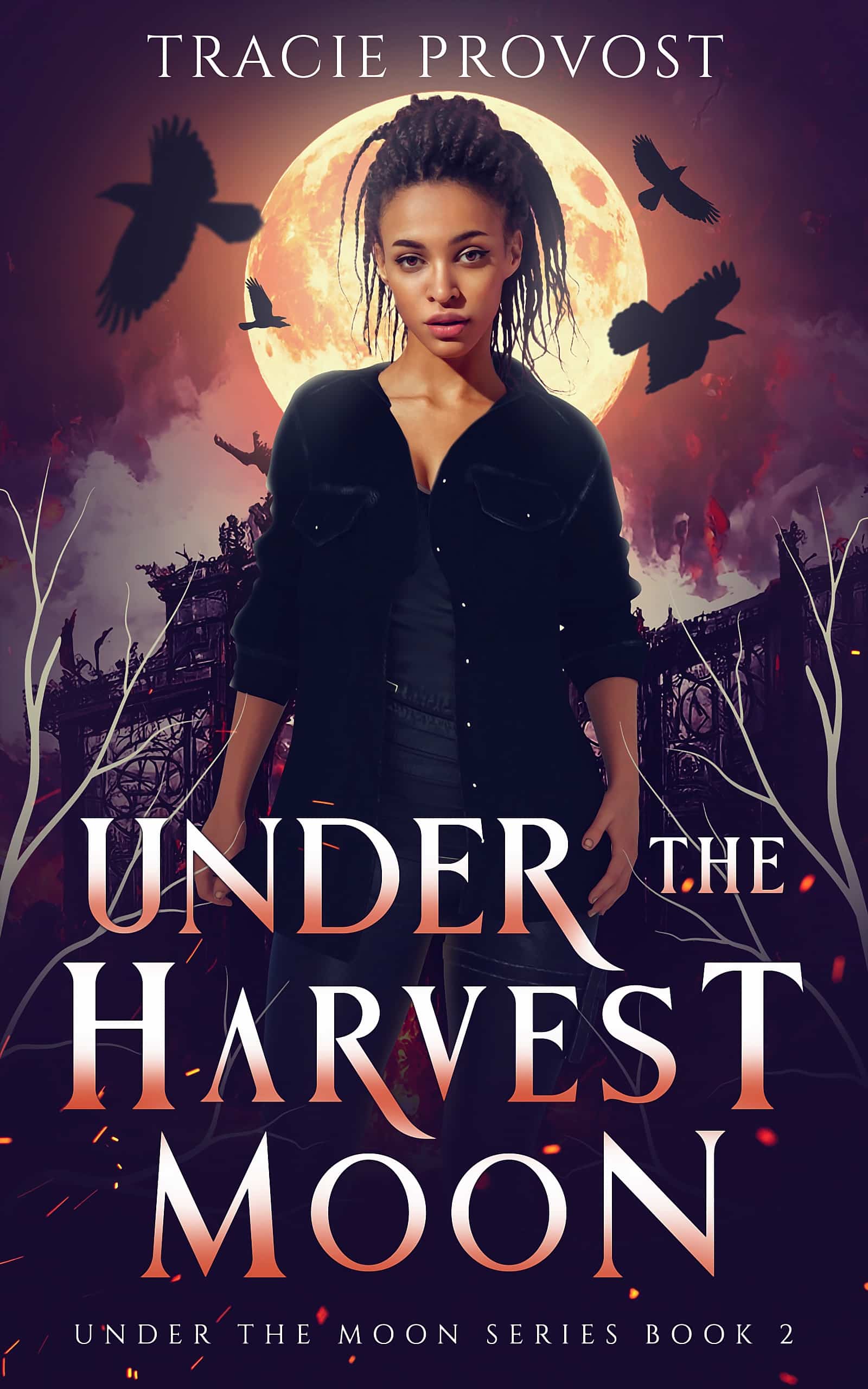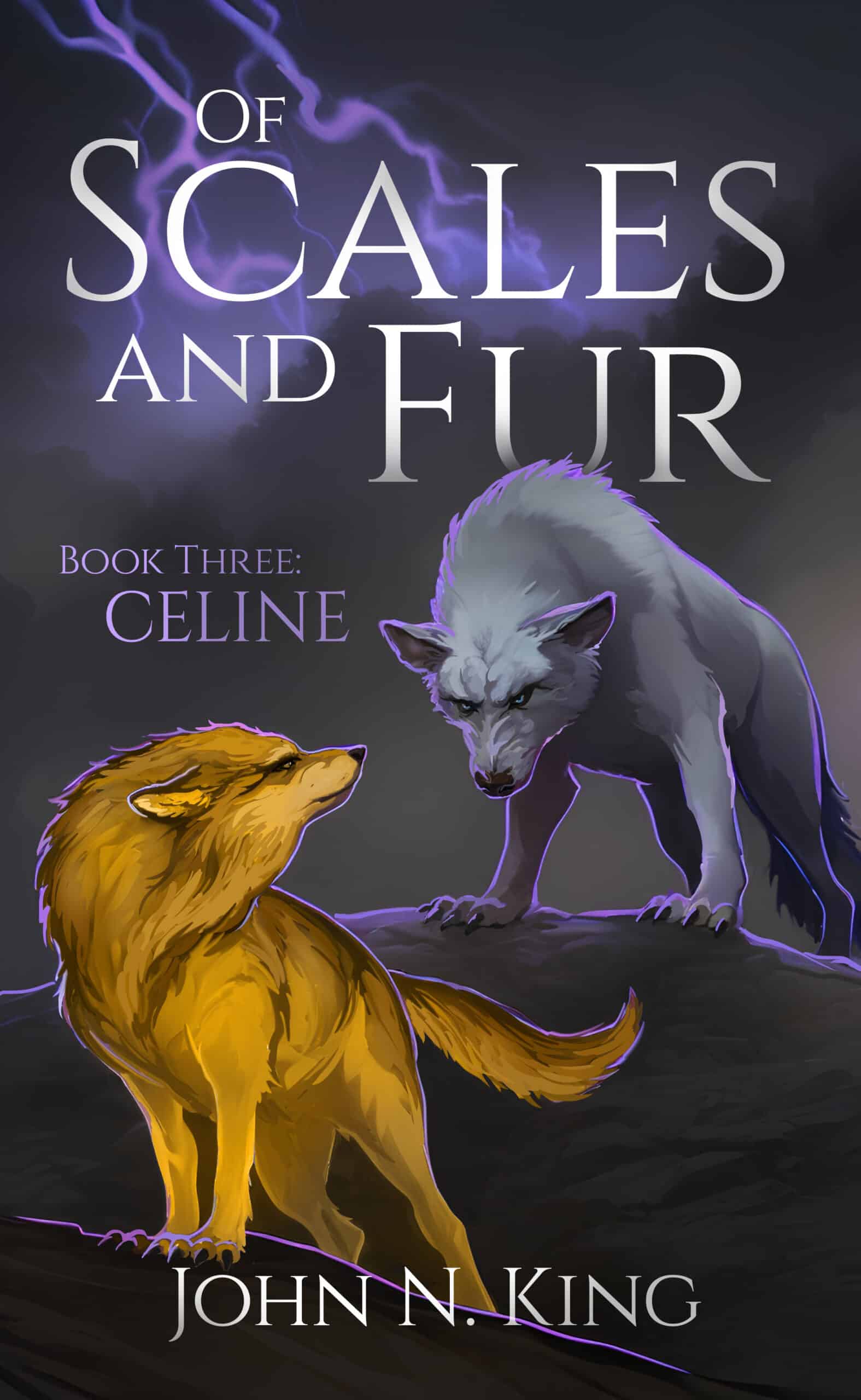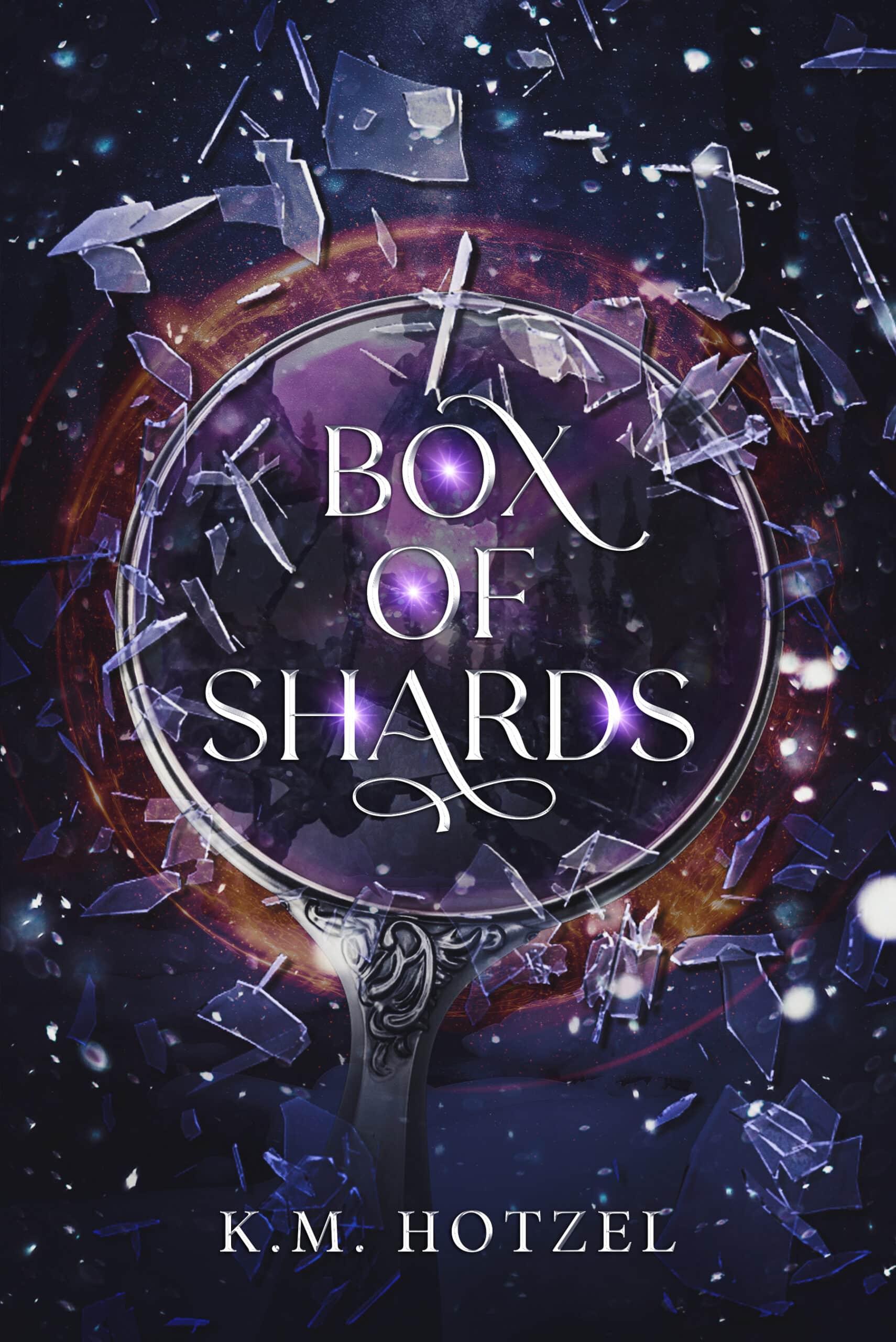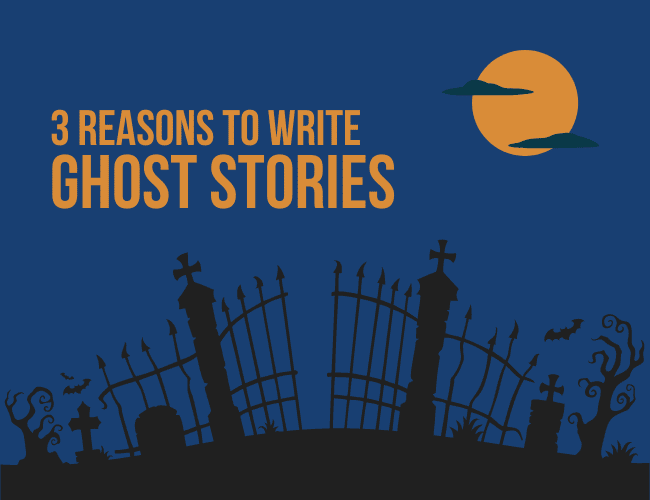
by Joe Bunting |
Ghost stories have a rich literary tradition, but for most of my life, I dismissed them. I don’t believe in ghosts, and I’ve seen enough horror movies to know I’m not interested in seeing another. However, I just finished Denis Johnson’s Train Dreams, a finalist for the Pulitzer, and was surprised to see a very moving account of a ghost.
It made me realize how many ghost stories are in the literary canon. There’s Poe’s The Raven, Dickens’ A Christmas Carol, Henry James’ The Turn of the Screw, basically all of Nicolai Gogol’s work, and more recently Michael Cunningham’s Specimen Days, among many others I’m forgetting. We love ghost stories!
So here are three reasons to write a ghost story:
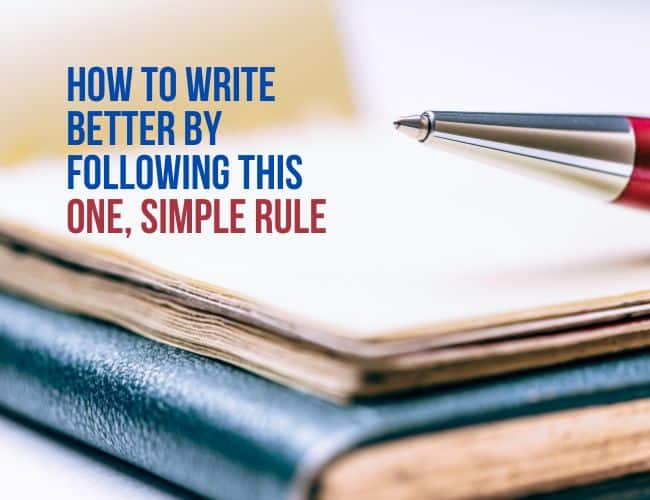
by Joe Bunting |
Out of curiosity, I recently Googled “how to write better.” You should try it. I got a list of great resources that would help any writer. However, as I read each of the articles, something began to gnaw at me. Something was missing in the excellent advice these well-respected writers were giving on how to write better. A core rule had been left out.
This article is about that missing rule.
by Joe Bunting |
What do you do when you just don’t want to write? You know what I mean. You know you should be writing. You tell yourself you should finally finish that short story. You feel you should turn off the television, close up Facebook, and stop checking your email so you can write.
You should should should…
But you can’t. And worse, you don’t know why.
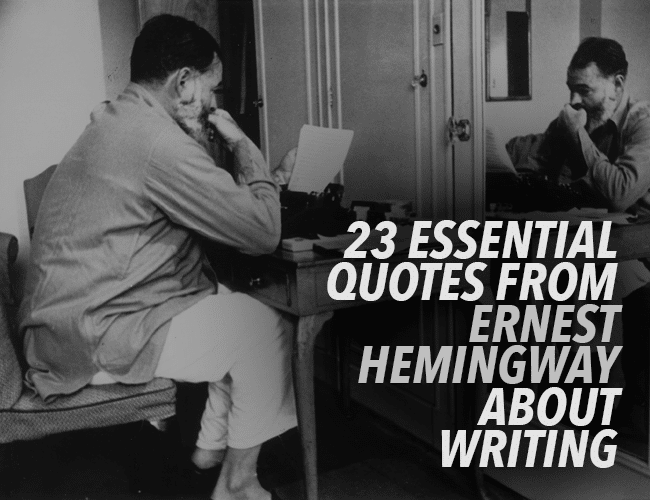
by Joe Bunting |
Ernest Hemingway was one of the most influential writers of the 20th century. Most writers seem to either love him—and are influenced by his clear, direct prose—or hate him. Many seek the internet for Hemingway quotes, either to seek inspiration or wisdom.
Regardless of your personal feelings, Ernest Hemingway’s insight into the craft of writing is unparalleled, as you’ll see.
This article shares some interesting facts and and quotes that drip with emotional honesty from one of the great American authors.
Read on to see famous quotes you can use as guiding principles in your writing and personal life.

by Joe Bunting |
Are there times in your life when it’s more difficult to write? Do you want to learn how to write when you don’t feel like it?
As a writer, You probably feel frustrated when the muse doesn’t show up, or you feel stuck on a bad idea for a story but desperately want to write one. One day you’re passionate about writing. You’re in the zone.
And then, something happens.
You skip a day. And then two. A week goes by and you haven’t written a paragraph. You enter a black hole of unproductive writing sessions.
You feel guilty, like you should be taking your writing more seriously, but you just can’t muster the willpower to actually write. This is real life for a real writer: there are days when we don’t want to write, where not even an extra large cup of coffee will get you through a writing session.
In this article, we’ll talk about why you don’t feel like writing and what you can do about it.




